One of my close friends asked me, “What’s the biggest market you see within the…
Results
Please enter input values
What Are Calories and How Are They Calculated?

12/25/2019 · 11 min reading
When I first started exploring nutrition, hundreds of diet plans bombarded me. I had a hard time wading through seas of facts to find a program that solid evidence could back up.
When I came across the “If It Fits Your Macros” approach, I initially dismissed it as another fad diet. After some time passed, the proof presented itself to me so much that I could no longer ignore this program.

What Are Calories and How Are They Calculated?
Before we dig into this eating plan, we need a foundational understanding of calories.
A calorie is a measurement unit for energy. Think of your body as a vehicle. Without fuel, your car can’t perform the essential functions for it to continue moving. Most people see calories as the villain, but calories are your best friend. All you need to do is calculate what your calorie intake should be and provide yourself with the right calories. You wouldn’t fuel your car with low-quality, sludgy gas. The crucial mechanisms in your vehicle would fall apart! As such, you shouldn’t do that to your body.
Calories are 100% necessary, but consuming more calories than you burn is what sinks your diet. On average, women need 2000 calories per day to maintain their weight, while men need around 2500. For losing weight, these amounts fall to 1500 and 2000 calories per day, respectively.
Many factors go into determining your calorie count. It would be frustrating trying to calculate it on your own. Fortunately, all you have to do is plug your information into a calorie calculator. Generally, calculators ask for your sex, height, weight, age, and activity level.
Once you complete the task of defining your calorie needs, you’ve passed the critical first step!

If It Fits Your Macros (IIFYM)
One of the main reasons I thought this diet is too good to be true is the fact that you can add whatever foods you want.
“If It Fits Your Macros” is relatively simple. After you know what your calorie intake should be, you plug that number into a macro calculator. You can set your own macro ratio, or you can pick a recommended ratio for your goals. The macro calculator can determine what percentage of your intake should be for each of the 3 macros. These percentages break down into a recommendation on your intake per meal.
Once you’ve gotten the hang of logging your macros, you’re free to add more foods that you enjoy. But, this only applies if your meals will still fall within your calorie count and macro ratio!

What Are Macros?
So what are macros, and why are they important? In this plan, your macros center on carbs, protein, and fat. Keeping track of your macros helps distribute the benefits to optimize your performance.
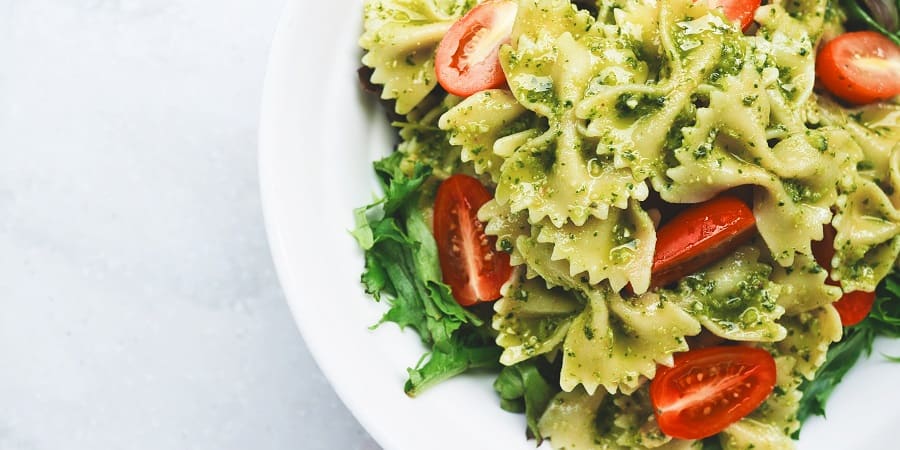
Carbs
Carbs make up a significant portion of your energy supply. Carbs break down into glucose. Once glucose enters a cell, it converts into ATP, which is a type of cellular energy. Excess glucose turns into glycogen and gets stored for later use.
Simple carbs are easy for you to break down, while complex carbs take longer to break down. Some carbs, such as those from fruits and vegetables, supply you with dietary fiber.
Here are some examples of high-carb food sources:
- Bread
- Cereal
- Pasta
- Grains such as oats, wheat, and rice
- Fruits such as bananas, apples, and mangoes
- Millet, quinoa, and wild rice
- Starch vegetables such as potatoes, sweet potatoes, and corn
Regarding your macro counts, all carbohydrates count on the same level. Each gram of carbs equals 4 calories.

Protein
Your entire body, especially your muscles, is built by protein. Your organs, hair, skin, and nails all require adequate amounts of protein. Many of the amino acids, the building blocks of protein, must come from our diet.
Examples of high-protein food include:
- Beef, pork, and poultry
- Fish and shellfish
- Eggs
- Legumes such as beans, peanuts, and soy
- Nuts
- Quinoa
A gram of protein is equal to 4 calories.

Fat
I know you’re probably cringing, but fat is not your enemy. Fat is essential to your health, as long as you consume healthy fats or practice moderation. Fat helps regulate your hormones, shields your nerves, and promotes the growth of hair, nails, and skin. Your body also stores unused calories in your fat for a backup energy reserve.
Saturated and unsaturated fats are healthier than trans fats. Saturated fats include meat, dairy, and other animal products. Unsaturated fats include plant sources such as avocado, coconut oil, nuts, and olive oil. Trans fats come in fast food and junk food.
One gram of fat equals 9 calories.
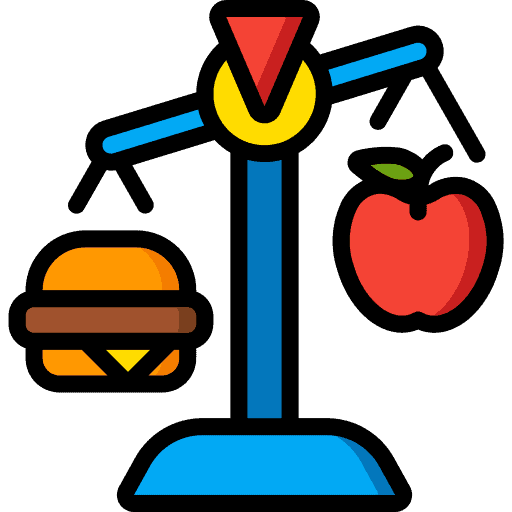
Methods Previously Used
Over the years, hundreds of fad diets gripped society. These diets often led to weight gain after stopping. Sometimes they were incredibly dangerous. Here’s a few of them and why you shouldn’t use them:
Let’s start with the Master Cleanse and its variations. This diet includes mixing water, cayenne pepper, and lemon juice. Some variations added other ingredients. Followers of this diet drank this mix anywhere from 6-12 times per day. The lack of calories indeed leads to weight loss, but the lack of nutrients is unsafe. Much of the weight loss comes from undesirable bowel reactions that pull water from your body. Once your cleanse ends, your body packs the pounds right back on.
With that said, all forms of cleansing do more harm than good. Most cleanses fail to include enough of the necessary nutrients to keep you healthy. It’s worth repeating that once these diets are over, going back to regular food will bring back the weight.
Other diets either involve eating inadequate amounts of calories. When people get wrapped up in demonizing calories, they try to consume as little as possible. Without enough calories for essential functions, you will be in much worse health. Weight loss should never come at the expense of your overall health.

Why Should You Choose IIFYM?
There are clear advantages that come along with this plan. Here are some of the most significant ones.
New Perspectives and Facts
Most people walk into this diet without knowing how to pick foods that fit their ratio. Two food items may have the same calorie amounts, but not match up on nutrients. One might be higher in carbs while the other contains more protein. Over time, you learn about the food you’re eating and how they fit into your macro requirements.
It Caters to Your Goals
Since your ratio can adjust to your goals, there are multiple benefits and results. Here is a couple of examples.
This diet reduces calorie intake by around 15-25%, which should result in weight loss. Tracking your food intake is proven to aid weight loss, so counting your calories and macros may help you.
For weight or muscle gaining, you can increase your calorie count and your protein percentage.
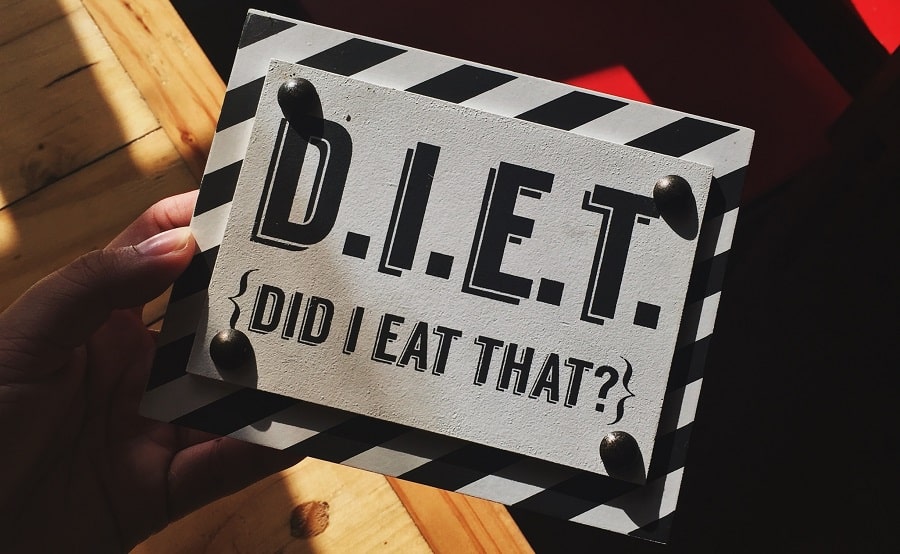
Nothing Is Off Limits
Everyone I know has tried a diet that eliminates unhealthy food entirely. Without fail, the intense cravings would crack them. They would give up within weeks, sometimes days. Afterward, they spiral into guilt and embarrassment.
With this plan, you don’t have to miss your tempting foods. As the name suggests, if your indulgent snack fits into your macro count, it’s all yours!
If you go to a restaurant with friends, you don’t have to watch all of your friends eat while your mouth waters. As long as you know the nutrition information, you can fit the outing into your daily count.
The lack of pressure and limitations on your diet makes it easier to maintain.
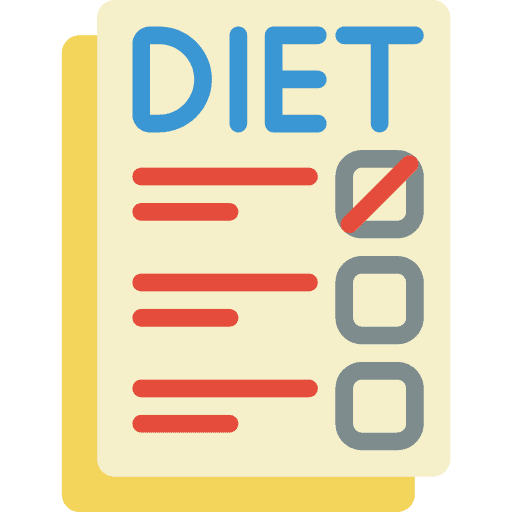
Creating a Comfortable and Flexible Eating Plan
For your diet to maintain comfort and flexibility, there are a few factors to consider. Without a plan, your efforts have a higher risk of failure.
Determine Your Goals
Research proves that setting goals positively impacts your dietary changes. When you know what you want to achieve, you can mold your calorie and macro counts to fit. When you go into a flexible diet blindly, your ratio can be calculated improperly and not give you what you need.
If you have to divide your end goal into smaller steps, break them down to change your ratio accordingly. For instance, let’s say that your end goal is to bulk up your muscles, but you need to lose weight first. You can begin by using a weight loss ratio. Once you have met your goal weight, you simply adjust your calories and macros for muscle gain.
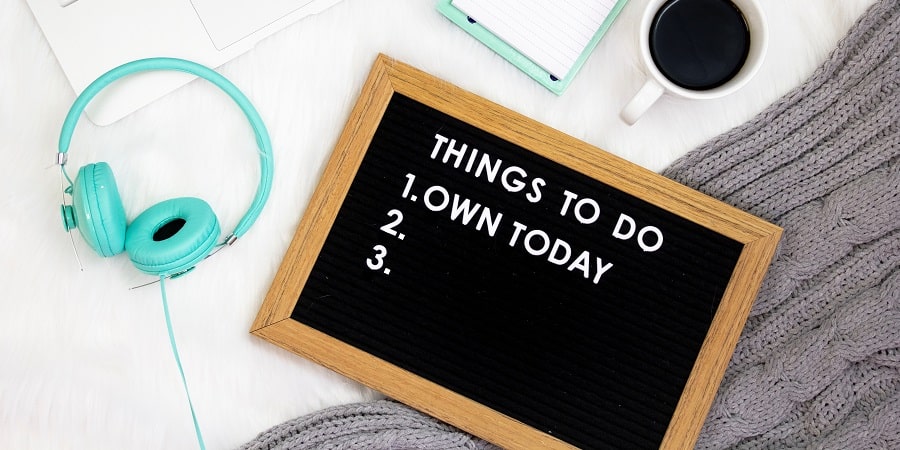
Choosing Your Training Days and Off Days
When you calculate your macros, you will need to have an idea of what your activity level will be. Your exercise regimen will impact the number of macros and calories you need.
Creating a routine of your workout and rest days proves beneficial. Your calorie needs should be met, so you should schedule whatever amount of workout days you will need to stick to the goal. If you aren’t sure how many calories you will burn in one workout session, use a calculator to check your exercises. Once you know what you will burn per course, you can compare it to your counts.
Variations Depending on Circumstances
One great thing about focusing your diet on macros is flexibility. No one is immune to abrupt changes in their circumstances. If you get sick, you can adjust your calculations until you’re feeling better. If you are unable to follow your exercises for extended amounts of time, recalculate your calorie counts and ratio. Flexibility around your circumstances prevents your progress from being derailed.
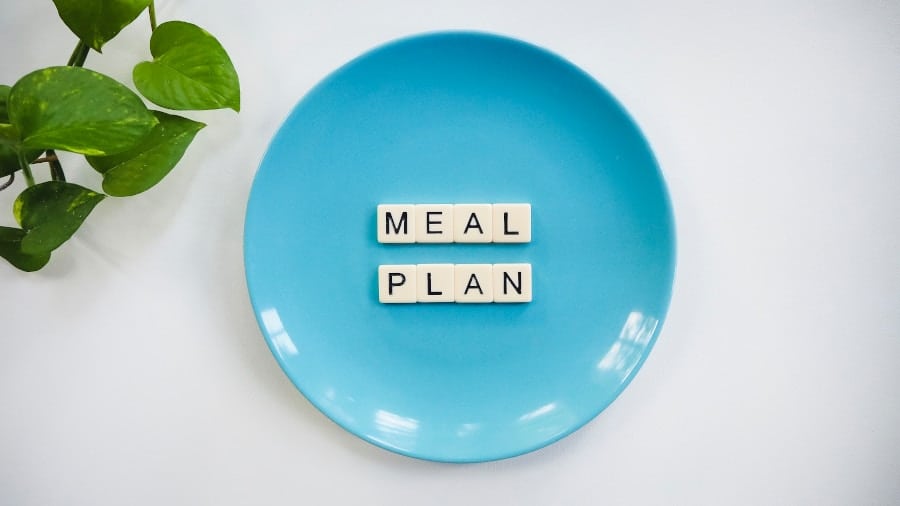
Incorporate Your Food Preferences
Most diets don’t provide much wiggle room for people who can’t eat the food involved. Some people may have allergies or dislike those foods. In these cases, people are more likely to give up because they cannot follow the diet rules.
Since macros don’t forbid any foods, you are open to eating foods that you love. You don’t have to face any more strict rules that make your diet miserable or not doable.
If you drink coffee with milk and sweets – try to change your habits to black coffee. It will give you the right energy a bit of metabolism boost. For one of the healthiest coffee beans checkout this low acid coffee brand, definitely the right choice for sensitive stomachs. Black coffee can be delicious too! For the UK consumers here a good coffee subscription service.

7 Tips to Make Things Easier
Everyone can benefit from further advice to make their lifestyle change more manageable. Here are a few tips to boost your success.
Weigh Your Portions for 3 Months
At the beginning of your diet, you will need to weigh your food to ensure that your food log is correct. Eventually, you will be able to measure your portions visually. Until then, learning portion sizes for various foods will help get you there.
Stay Hydrated
Steady water intake stabilizes your weight and electrolytes. Additionally, water is essential to your body running at tip-top shape. Ideally, you should consume 3-4 liters of water in addition to other liquids you drink.
Trick Your Appetite
You can trick your appetite and control your hunger in a few subtle ways. For instance, eating on a smaller plate makes your brain believe that your portion is more than it actually is. Also, cutting your food into smaller bites creates the same illusion. Eating in front of the TV distracts you so that you end up taking in more food than you should.
Tailor Your Calorie Intake to Your Goals
Focusing on your macros is useless without a calorie count that fits your goal. If you’re eating an ideal macro ratio but taking in more calories than you should, you void the benefits. You should have a specific goal in mind and be realistic when calculating your calorie count.
Reduce Carbs for Fat Loss
If your fat loss has stalled for a significant amount of time, amp your progress up by reducing your carbs. You should never alter your calorie and macro counts if you are still showing progress.

Get Good Sleep
Sleep deprivation hinders your diet more than you would think. Poor sleep may affect your resting metabolism. Daytime fatigue and hormones from lack of sleep signals your body to consume more food for energy.
Proper sleep energizes you for the day, reduces cravings, and can improve workout performance.
Take a Cheat Day!
Feel free to take a cheat day once per week. Scientists theorize that consuming more after following a diet increases levels of leptin. Leptin is a hormone that is believed to cause you to burn calories quicker after overeating. You may find that indulging in a cheat day reduces your cravings throughout the rest of the week. Be sure to practice moderation, so your cheat days don’t set you back.

Tracking your calories and macros is an excellent option, especially if you struggle with other diets. Some people need a flexible diet such as this one for their hectic life. As long as you calculate with a clear goal, you can set your progress in motion and stick to it much more comfortably.

Krista Martinez is a freelance writer, SuppsAdvisor contributor, and former Certified Personal Trainer.
She’s currently a college student pursuing a bachelor’s degree in Liberal Arts.
When she’s not working, you can find Krista playing video games, reading, or working on her novel. You can also guarantee she’ll be listening to her favorite band, Starset. She loves to get active by going for a run or hitting the yoga mat. She hopes to finish her novel soon and see where life takes her!
Related Posts
-
10 Best Fat Burners for Women. Detailed Buyer's Guide and Reviews!
-
10 Best Thermogenic Fat Burners Guide. Lose weight faster!
If you had to guess, what type of supplement would you say is most popular?…

